‘I recollect nothing so much as a solemn — bright — warm — fresh landscape by Wilson, which swims in my brain like a delicious dream,’ wrote Constable of his encounter with the Welsh artist’s ‘Tabley House, Cheshire’ after he visited the gallery of that house owned by Sir John Leicester. Recalling this epiphany, Constable went on to say of Richard Wilson: ‘He was one of the great appointments to shew to the world what exists in nature but which was not known till his time.’
Turner, too, was an ardent Wilson admirer and as a young man set out on a reverential pilgrimage to Wales, seeking out his birthplace at Penegoes below the peak of Cader Idris and following ‘in the footsteps of Wilson’ to those places amid the wild mountainscapes of North Wales that Wilson had captured for the first time in paint.
Wilson not only inspired these two great English landscape painters, his influence was also widely felt on the Continent and in the colonies, as this splendid exhibition, the first devoted to Wilson in more than 30 years, reveals as never before. Expertly and elegantly curated by Robin Simon and Martin Postle, the show of over 160 works by Wilson, his contemporaries and followers, has travelled on to Cardiff from the Yale Center for British Art in New Haven and celebrates the 300th anniversary of the artist’s birth.
Wilson received an excellent classical education from his clergyman father and was well connected with the Welsh gentry. After his father died in 1728, his art education in London was paid for by Sir George Wynne, one of his mother’s nephews, who had become immensely rich from the discovery of lead on his land. Wilson’s contacts among Wales’s elite smoothed the way for local commissions for portraits, a genre in which he proved competent if unremarkable.
His career was utterly transformed by his decision to send himself on his own Grand Tour to Italy in 1750, the point at which the current exhibition begins. Wilson tried his hand in Venice at painting landscapes. In Rome he was further inspired by Claude Lorrain and Gaspard Dughet, who had previously painted in the city. After the leading French landscape artist Claude-Joseph Vernet ‘expressed surprise that a landscape painter of such ability should have wasted time in painting portraits’, Wilson decided to devote himself exclusively to this calling.
As the impressive array of Wilson’s Italian works on show here confirms, he found his own style in this new genre with surprising rapidity. Until then landscape painters aspired to the ideal rather than the real — a convention Wilson overturned by his close observation of topography, his sensitivity to light and weather conditions, and an emotional engagement with the scene. He was also a pioneer in painting en plein-air.
During the six years Wilson spent in Rome, he established a thriving studio, which attracted gifted young artists, including the German Adolf Friedrich Harper and the Scandinavians Johannes Wiedewelt and Johan Mandelberg, all of whom went back to their own countries and spread the Wilsonian message through their teaching posts in various academies. He became a close friend of the famous portrait painter Anton Raphael Mengs and of the great writer on classical aesthetics Joachim Winckelmann, both of whom clearly learned from this cultivated and visually acute Welshman as he did from them.
Having achieved international fame as a luminary of the cosmopolitan Roman art scene, Wilson returned to London in 1757 to open a new studio, in which another group of young painters was soon receiving his excellent and generous-spirited tuition. Prominent among these were Johnson Carr, William Hodges, Thomas Jones and Joseph Farington, fine works by all of whom also feature in the exhibition.
Following his Italian experiences, Wilson brought to Britain a new approach to landscape painting, and the chief subject with which he effected this revolution was the mountainous landscapes of his native Wales. Until then not only was the region remote and seldom visited but its landscape, with its peaks ‘towering in horrid nakedness’, was regarded with repulsion rather than pleasure.
Now, mediated through Wilson’s art — with his ‘grandeur in the choice or invention of his scenes, felicity in the distribution of his lights and shadows, freshness and harmony in his tints’, in the words of John Wolcot — these landscapes were transformed into arenas of inspiration and the sublime. Thus Wilson became one of the primary creators of British Romanticism.
One of the founding fathers of the Royal Academy, Wilson enjoyed a comfortable and convivial existence during the 1760s. But his fortunes declined in the 1770s and he took to drink. He was reduced to selling his treasured sketchbooks to raise the coach fare for his last journey to Wales, where he was taken in by a cousin at Colomendy Hall, Llanferres. He died there in May 1782, and was buried in the churchyard of St Mary’s at nearby Mold.
Got something to add? Join the discussion and comment below.
Get 10 issues for just $10
Subscribe to The Spectator Australia today for the next 10 magazine issues, plus full online access, for just $10.
You might disagree with half of it, but you’ll enjoy reading all of it. Try your first month for free, then just $2 a week for the remainder of your first year.

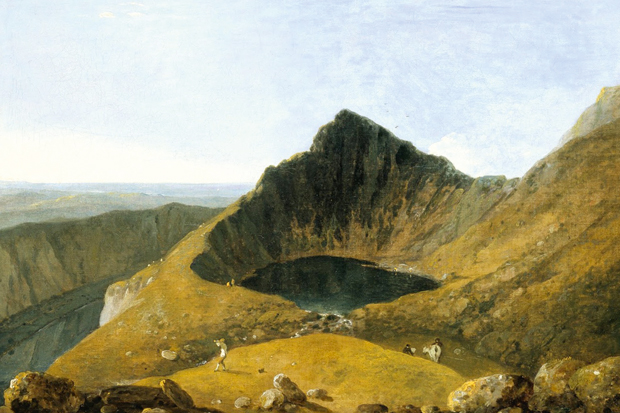
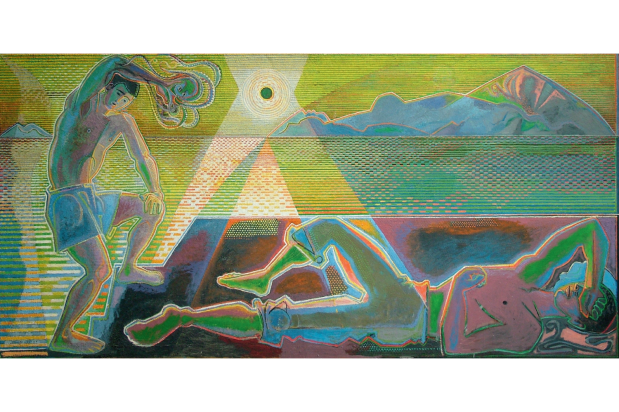
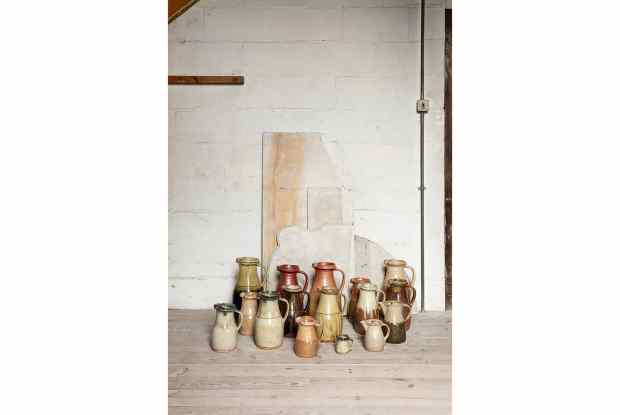
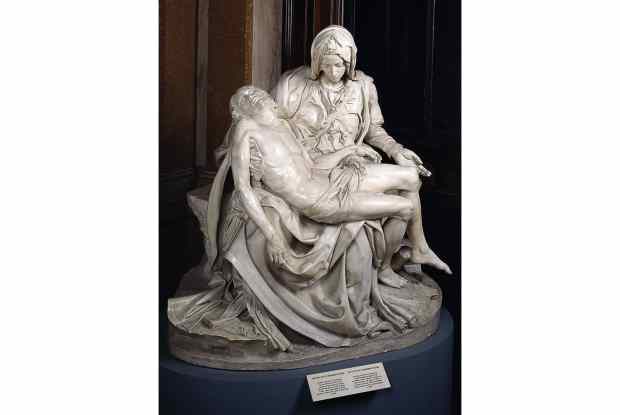


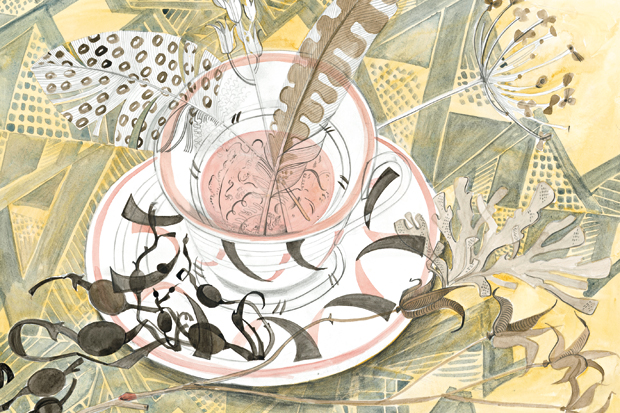






Comments
Don't miss out
Join the conversation with other Spectator Australia readers. Subscribe to leave a comment.
SUBSCRIBEAlready a subscriber? Log in